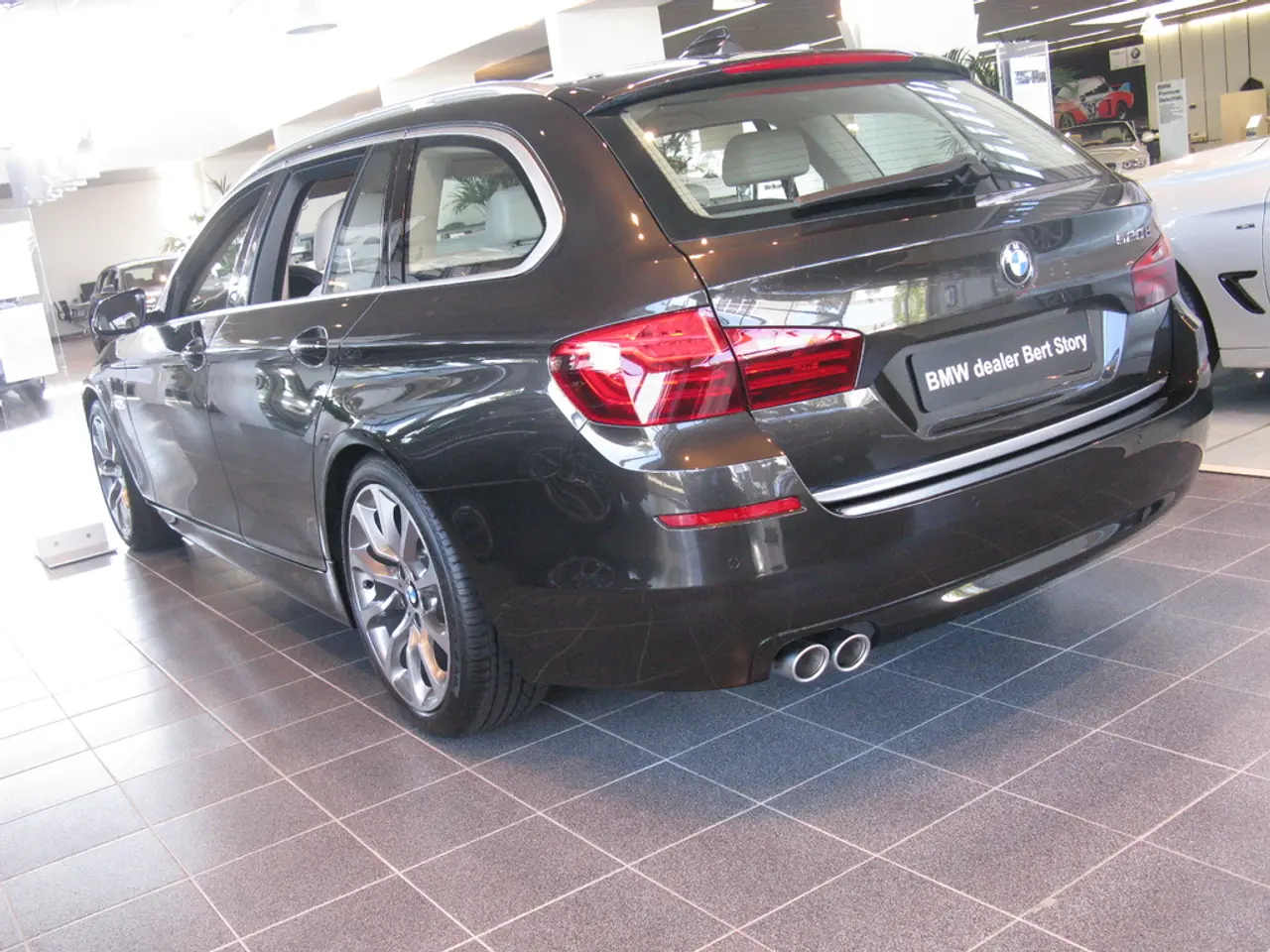Exploring the Diversity of Models and Range Extenders for Electric Vehicles Powered by Fuel Cells, as Per IDTechEx's Investigation
In the ever-evolving world of zero-emissions transportation, fuel cell electric vehicles (FCEVs) are making a comeback as more Original Equipment Manufacturers (OEMs) join the fold. Despite a modest sales decline in the past two years, certain OEMs remain optimistic about FCEVs as a viable zero-emissions solution for passenger cars.
Currently, only a few OEMs, such as Toyota, Hyundai, and Honda, have FCEVs available for purchase, which has limited the market's growth. However, this is set to change as more OEMs enter the scene. The entry of these new players is expected to increase the growth potential and help drive down costs, according to industry experts.
The benefits of increased OEM participation are manifold. For instance, a larger pool of suppliers would diversify and increase the supply of fuel cell cars, accelerating market adoption. Furthermore, collaborations between OEMs and technology companies are leading to technological advances that make fuel cell systems smaller, lighter, and more efficient, improving vehicle performance and usability.
Larger production volumes also typically lead to lower manufacturing costs. As more OEMs commit to fuel cell vehicles, economies of scale can be achieved, reducing the cost of components and systems. This cost reduction, coupled with the ongoing technological improvements and competitive innovation, will likely boost the growth prospects of FCEVs.
The automotive industry's investment in hydrogen fuel cell powertrains alongside battery electric vehicles (BEVs) suggests a complementary growth dynamic. Fuel cells may find niches where they are particularly advantageous, further supporting diverse OEM participation and market expansion.
In 2024, approximately 5,000 FCEV passenger cars were sold, a small fraction of the 75 million new passenger cars sold in total. However, this is expected to change as more OEMs join the fray. For instance, BMW intends to release a production model FCEV car by 2028, eventually expanding to multiple models.
Notably, IDTechEx, a leading research and consulting firm, considers the potential impact of increased market competition and FCEVs with plug-in capability on the FCEV market. They anticipate the average fuel cell vehicle battery size to increase over the next decade as more FCEVs are introduced with plug-in capability, which could further boost sales.
Other notable developments include the Renault Embléme, first showcased at the Paris Motor Show 2024, which boasts a range of over 600km with a 40kWh battery and 2.5kg of hydrogen storage. Honda re-entered the FCEV passenger car market midway into 2024, making the market a two-horse race for three years.
IDTechEx's report, "Fuel Cell Electric Vehicles 2025-2045: Markets, Technologies, Forecasts", analyses and forecasts the market for fuel cell cars, buses, light commercial vehicles, and trucks. The report provides valuable insights into the future of FCEVs and their potential role in the zero-emissions transportation landscape.
In conclusion, the increased participation of OEMs in the FCEV market is likely to boost its growth prospects and contribute to cost reductions through greater production scale, technological improvements, and competitive innovation. As more OEMs join the race, we can expect to see more advanced, affordable, and appealing FCEV models hitting the market, making zero-emissions transportation more accessible to a wider audience.
- The entry of more Original Equipment Manufacturers (OEMs) into the FCEV market is expected to bring about an increase in the supply of fuel cell cars, helping to accelerate market adoption and diversify the pool of suppliers.
- Collaborations between OEMs and technology companies are leading to technological advancements in fuel cell systems, making them smaller, lighter, and more efficient, which could improve vehicle performance and usability.




